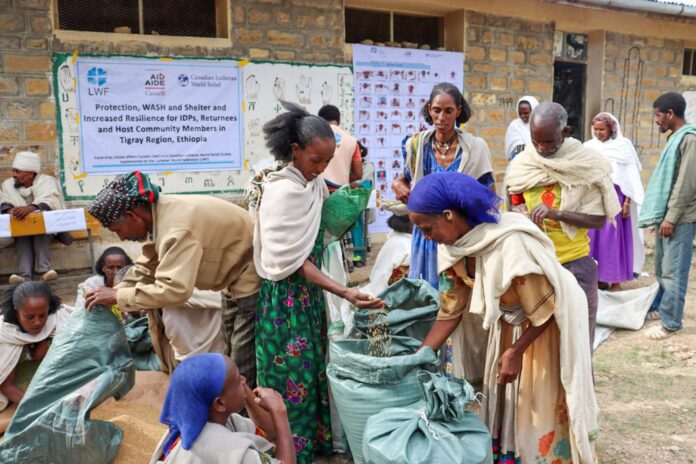
/
RSS Feed
According to an aid memo obtained by The Associated Press, only a small fraction of the needy population in Ethiopia’s northern Tigray region is receiving food aid, more than a month after aid agencies resumed deliveries of grain following a lengthy pause due to theft.
The memo, issued by the Tigray Food Cluster, a group of aid agencies co-chaired by the U.N.’s World Food Program and Ethiopian officials, reveals that as of January 21, only 14% of the 3.2 million people targeted for food aid in the region had received it this month. The memo urges humanitarian groups to “immediately scale up” their operations, warning that failure to do so could result in severe food insecurity and malnutrition during the lean season, potentially leading to the loss of vulnerable children and women.
The U.N. and the U.S. suspended food aid to Tigray in mid-March last year after discovering a large-scale scheme to steal humanitarian grain, which was later extended to the rest of Ethiopia. While reforms were introduced to prevent theft, Tigray authorities claim that food is still not reaching those in need.
Despite efforts to improve the distribution system, including the use of GPS trackers on food trucks and QR-coded ration cards, technical issues have caused delays. Aid agencies are also facing challenges due to a lack of funds.
















